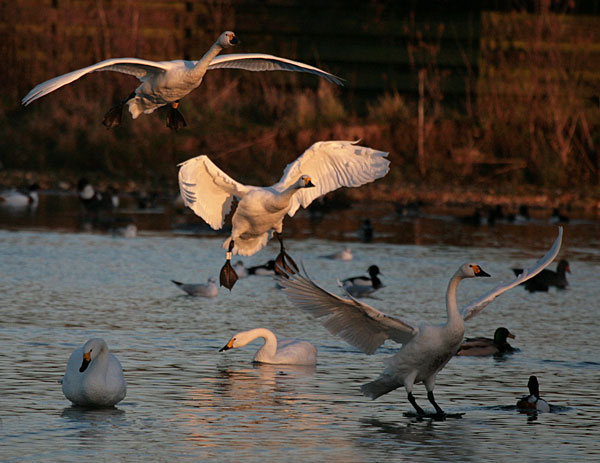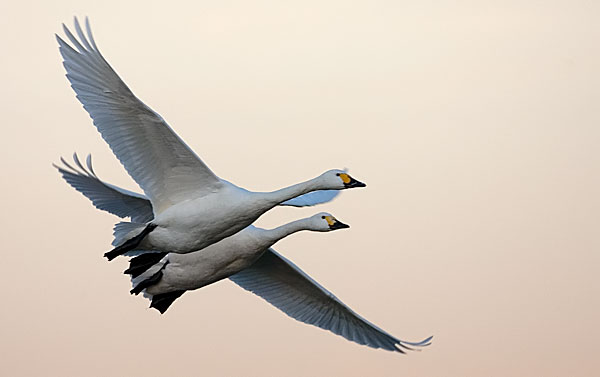I visited Slimbridge with my daughter Ramona on 27th. She used my 5D with the 100-400mm zoom and I shot with the 500mm and the 1D. The tack piece was alive with waders, ducks and geese. A flock of golden plover below. Several ruff and a couple of spotted redshank were there also.
Ramona's photos can be seen by clicking on her shot of the Bewick's swans below
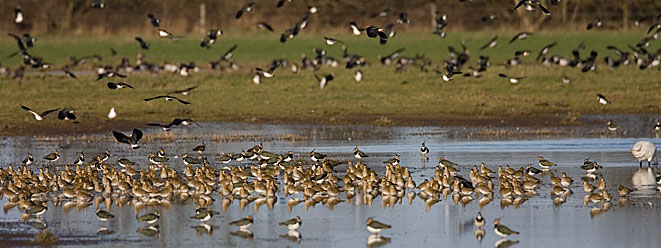
Swan Lake is always a good spot for photographing pintail.
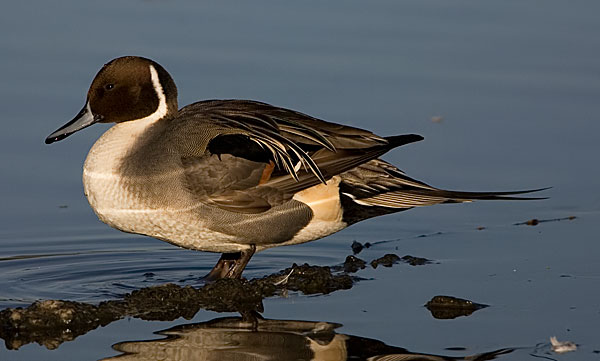
Greylag goose in flight.
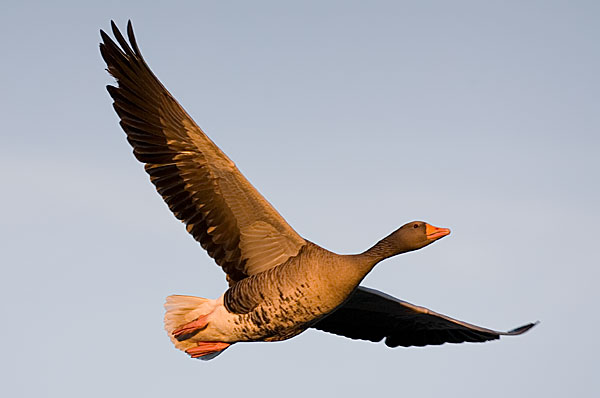
We spent some time photographing the Bewick's swans at sundown. Click on the image below for flight shots.
An early morning visit to some sites around Portishead on 26th: the ring-necked duck drake is still at Portbury Wharf, where there were also 13 shoveler, 5 little grebe, 5 gadwall and a goldeneye. The tide was very high at Battery Point and 3 purple sandpipers were close in. Four rock pipits here also.
The barn owl continues to hunt around the fuel tanks in Flax Bourton - sightings on 21st (morning), 25th (dusk) and 26th (dusk). Also about 200 fieldfares and a reed bunting (14th) along the cycle track.
Continuing the climate change theme - we went to see the cattle egret next to the old Wells road near Stoke St Michael on 13th en route to visiting the parents -in-law. Surely this species will begin breeding in the UK very soon? During the late afternoon the light was dreadful, so the photos weren't great (typically <1/50s with 500mm lens). The bird will be very photogenic in good weather.
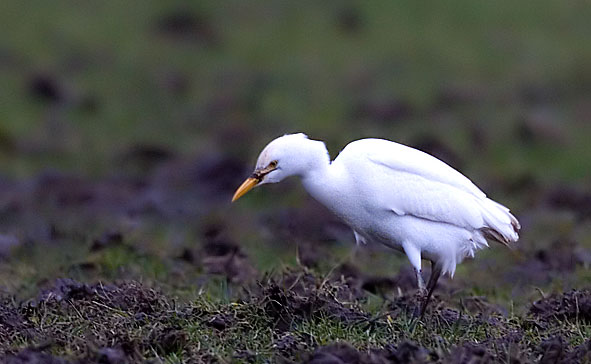
And then back home to some of the worst recent floods on record - here's the railway line at Flax Bourton on 11th.

I was in Texas between 3-11 January. A barn owl flew on the banks of Barrow tanks on the way to Bristol Airport at 4.30 am on 3rd: the taxi driver said he saw another at the Flax Bourton end of Barrow.
I wonder for how long these icy scenes over Newfoundland will last for in these times of climate change. Maybe the lower photo says a lot?
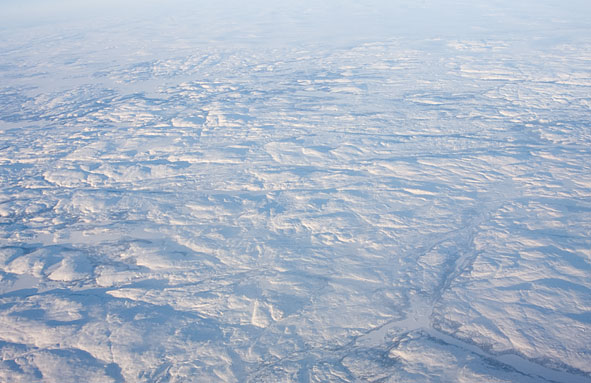
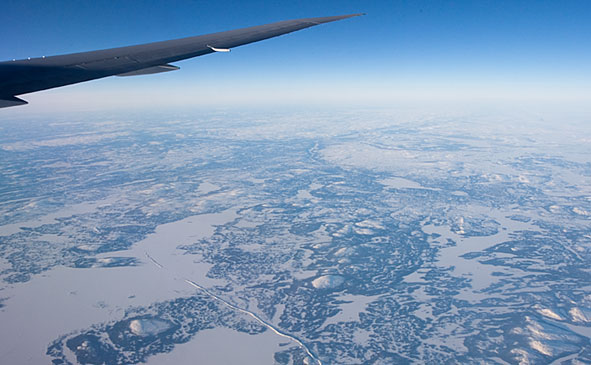
First stop was San Antonio after a horrendous 26h trip including a missed connection because of excessive security controls at Houston (including my own private interview). I didn't do too much birding in San Antonio - I was attending the Society for Comparative and Integrative Biology meeting - and only saw yellow-crowned night heron, mallards, feral pigeon, house sparrows, blue jay, northern mockingbird and common grackle. The dominant species in the Texan cities is the great tailed grackle, a sexually dimorphic species with males and females in the photos below. All photos taken with a Canon 100-400 mm IS lens.
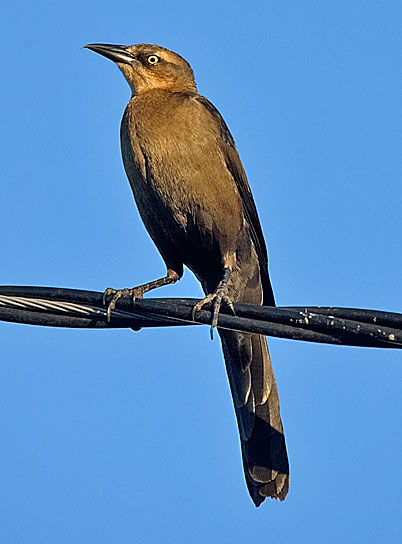
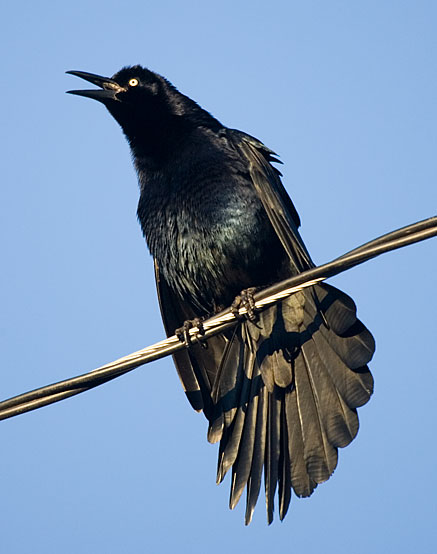
On Sunday 6th we drove to Bamberger Ranch near Johnson City. This is the largest example of private habitat restoration in Texas. The owner - J. David Bamberger has cleared 5500 acres of juniper, and restored water to the area. The savannah-like woodlands here are reminiscent of cork oak woodland in Iberia.
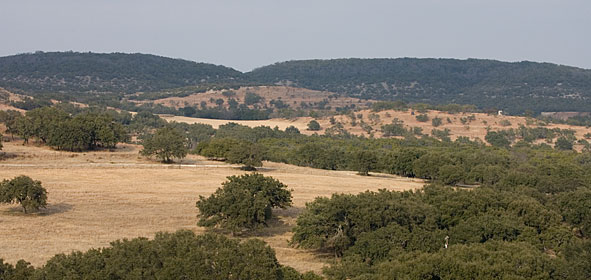
The ranch hosts a captive breeding population of scimitar-horned oryx, now extinct in the wild.
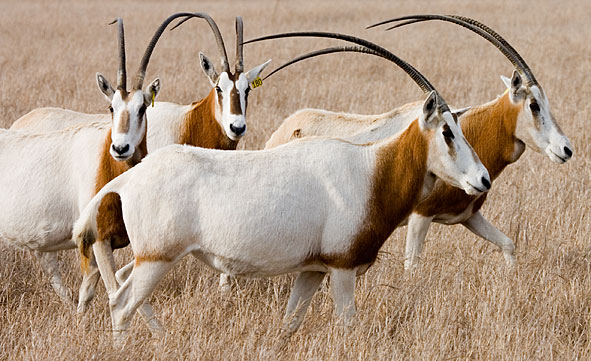
David Bamberger has built the world's most successful artificial bat roost, which he calls a 'chiroptorium'. After some years, the artificial cave was occupied by about 7000 Mexican free-tailed bats. At present, a breeding colony of >50,000 is present, with up to 120,000 spending the fall in the cave. Some bats remained in slotted boxes in the cave when we visited.
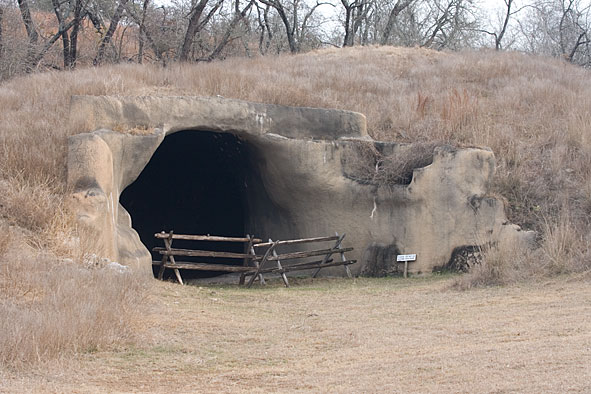
Birds in the area included American kestrel, turkey vultures, red-tailed hawk, wild turkey, eastern phoebe, chipping sparrows, and eastern meadowlark.
On Monday 7th we visited Westcave Preserve, Travis County, in the Texas Hill Country.
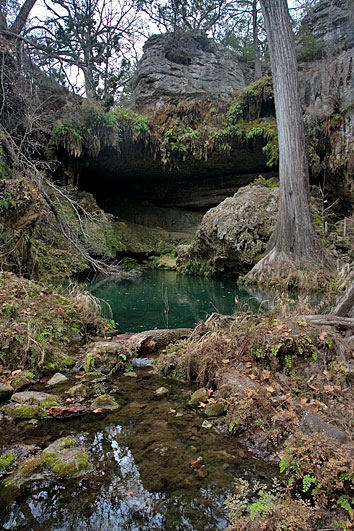
Birds included black vulture, turkey vulture, common raven, American crow, Carolina chickadee, Carolina wren, Canyon wren (heard), northern mockingbird, white-eyed vireo, northern cardinal, and chipping sparrow. We found at least one cave bat Myotis velifer hibernating in the cave in the valley bottom. The black vulture below was carrying a red wing tag (not visible in photo).
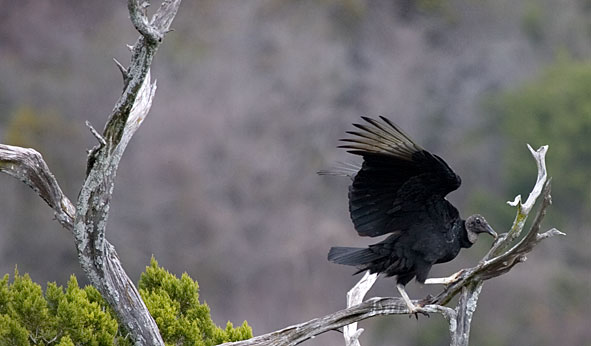
In the afternoon I walked around Town Lake in Austin, where I was now based for a meeting about preventing bats from being killed by wind turbines. Birds seen included pied-billed grebe (3), double-crested cormorant, snowy egret (c5), great blue heron (1), mute swan (c5), mallard, gadwall (1), wood duck (2), lesser scaup (100's), bufflehead (2), American coot, ring-billed gull, osprey, and white-winged dove. Some photos below.
Wood duck
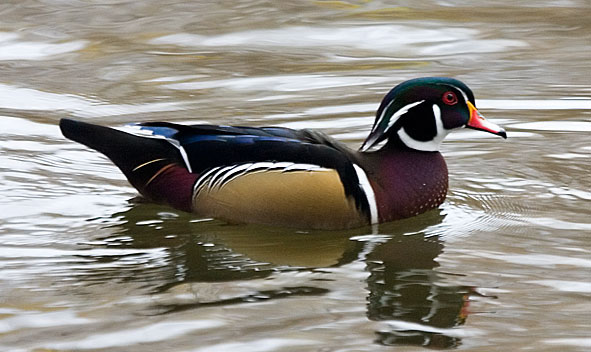
Lesser scaup
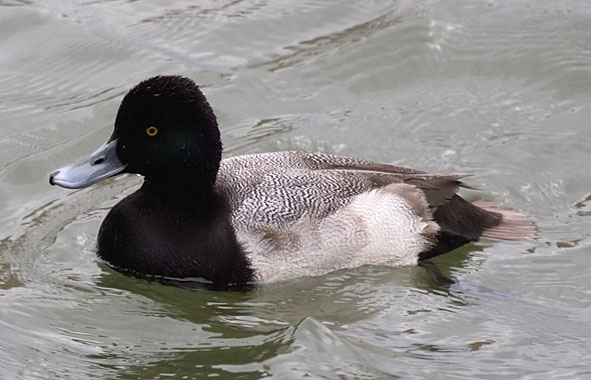
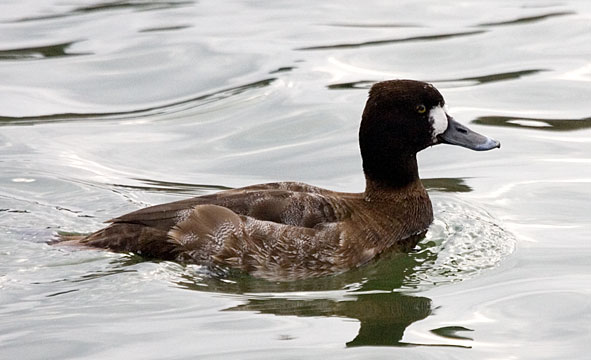

Bufflehead
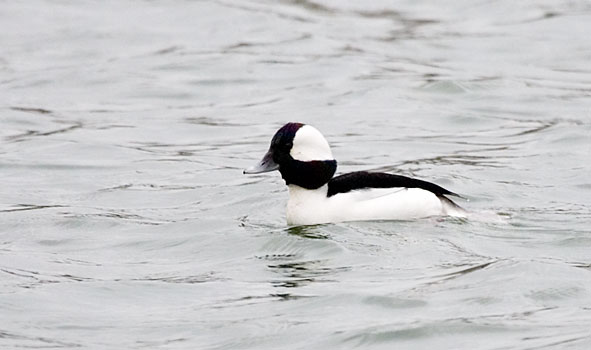
American coot
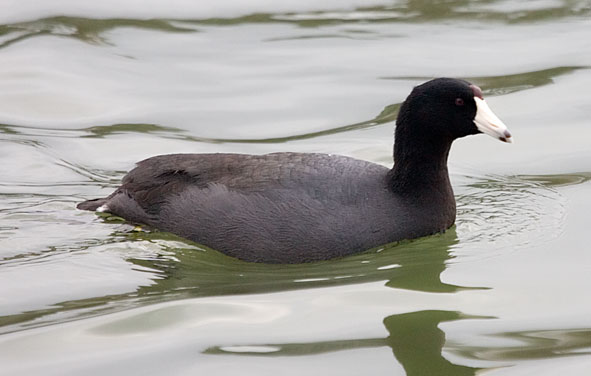
The grey squirrels here are much more reddish than the UK ones.
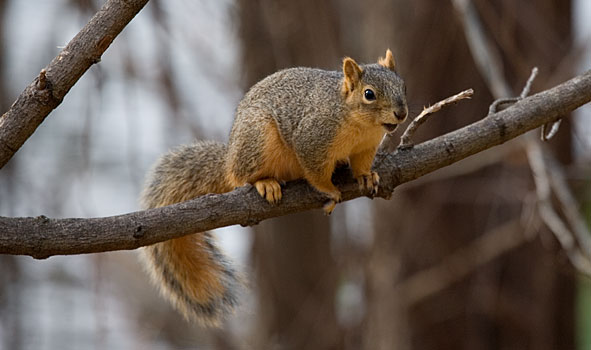
I saw a loggerhead shrike near the airport.
Chew Valley Lake at dusk on 2nd - a couple of ravens and 2 water pipits at Moreton. The starling roost wasn't especially impressive tonight - a small flock below.
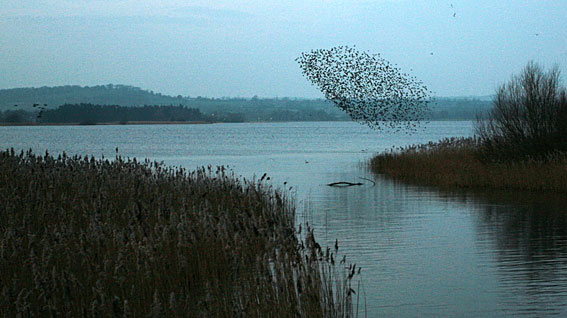
A visit to Cheddar reservoir in the late afternoon of New Year's Day produced a great northern diver, 2 black-necked grebes, a ruddy duck, and 19 goosander. A pair of stonechats still frequents the cycle track in Flax Bourton.
2007 was a frantic year with lots of travelling - Mallorca, Belize, USA, China, Thailand, Mexico, France, and Germany. My British bird list was the poorest for 5 years, and I just managed to scrape 200 species. New birds for me in Britain were surf scoter, hoopoe, white-billed diver, marbled duck, Scops owl, white-rumped sandpiper, white-tailed eagle and red-breasted goose. Other quality birds included the photogenic bittern at Slimbridge, the Cheddar lesser scaup, glossy ibis at Saul Warth and Greylake, purple heron at Shapwick, the Chew cattle egret, the almost summer plumage great northern diver at Barrow tanks and the Cheddar red-necked grebe. My favourite overseas birding moments overseas were cycling around S'Albufera in Mallorca and getting close to a pair of little bitterns, paddling around the New River in Belize by canoe, and watching the flamingos from a boat in Celestun, Mexico. Best local days out were the Forest of Dean in February, Cornwall in March, and the trip to the eagle and goose in December. Seeing a red kite flying through my home village was as exciting as any moment overseas. There were lots of missed birds in 2007, perhaps the most common being greenshank, yellow-legged gull, sandwich tern, dipper, whinchat and both common flycatchers! I've had no regrets about switching to Canon gear for photography (except for the lack of pixels in the 1D Mark II). Hopefully the diary pages will now work in Explorer without running off the page. 2008 could be interesting with trips planned to the USA, Amazonia and China. A family holiday on Scilly will include some pelagic trips. Best wishes and good birding for 2008!
